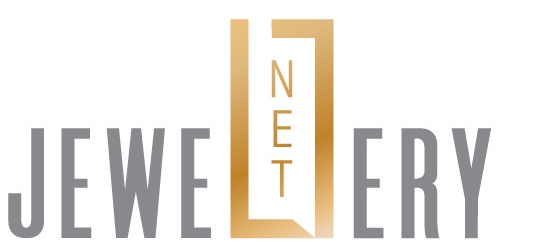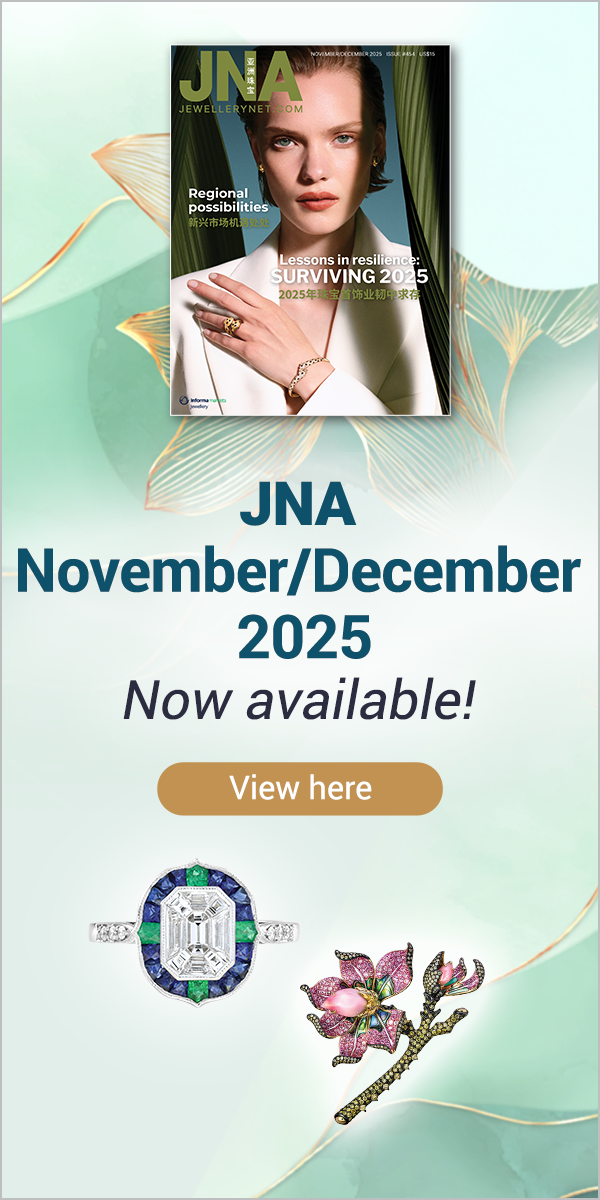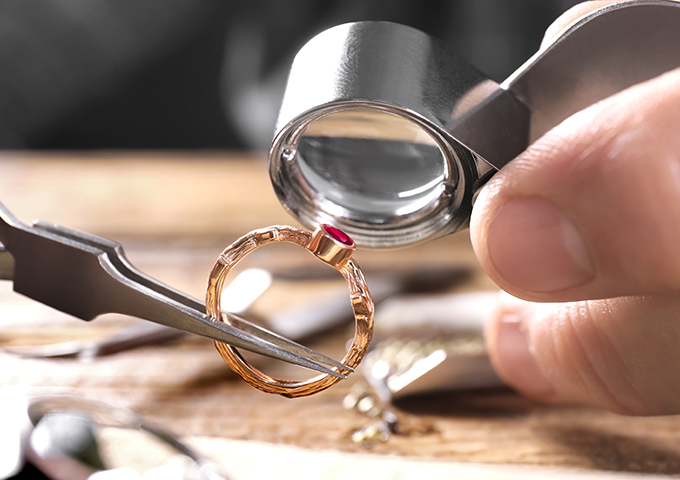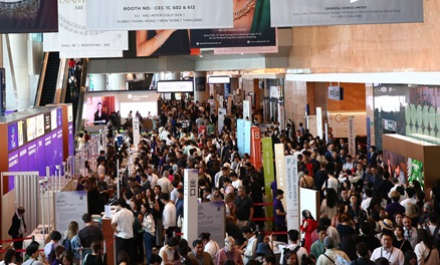Gemmological laboratories remain steadfast in their quest to safeguard consumer trust and confidence in the jewellery trade by staying one step ahead of new, more sophisticated gem treatments.
Advanced technology and analytics are revolutionising detection capabilities in a time where treatments have become more refined and challenging to identify. Over the years, gem labs have invested heavily in high-tech systems to preserve buyer trust and market integrity.
According to the Gemological Institute of America (GIA), diamonds are tested for laser drilling, glass filling, surface coating, High Pressure/High Temperature (HPHT) processing and irradiation. Coloured gemstones, meanwhile, are examined for heating, irradiation, fracture filling/clarity enhancement, coating, dyeing and diffusion. On the other hand, gem labs look out for bleaching, heating, dyeing, irradiation, coating, peeling, filling and impregnation when testing pearls.
GIA uses a diverse range of tools and technologies to analyse gemstones. Photoluminescence imaging, for instance, examines how gemstones glow under ultraviolet light. It is an important analytical tool for detecting impurities, natural versus lab-grown gems, and treatments through the observation of fluorescence and phosphorescence patterns.
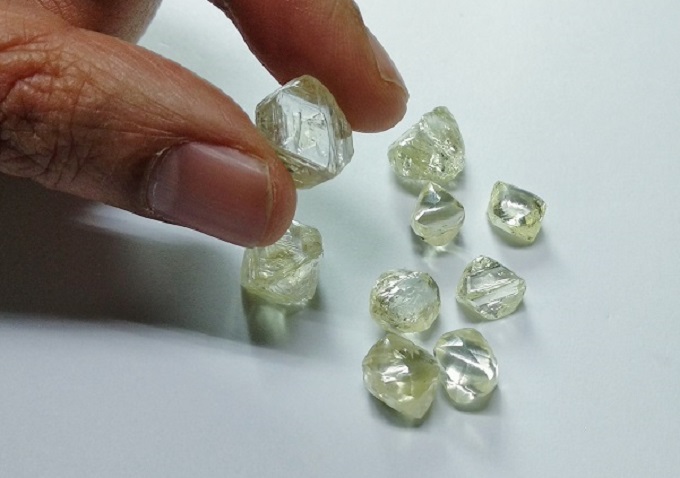
Rough diamonds
It also utilises photoluminescence spectroscopy to assist with the identification of lab-grown diamonds manufactured by chemical vapor deposition (CVD) or HPHT methods, as well as the detection of post-growth treatment. Photoluminescence can also determine whether a colourless natural diamond has undergone HPHT treatment.
“Referred diamonds may also undergo DiamondView screening,” noted GIA. “This instrument uses ultraviolet light with a wavelength below 225 nanometres to excite luminescence. The luminescence emitted by the diamonds reveals growth structure characteristics that distinguish natural growth from laboratory growth using CVD or HPHT methods.”
For coloured gemstones, detection of heat treatment, specifically in corundum, mostly relies on a combination of infrared spectroscopy (FTIR) and Raman micro-spectroscopy, in addition to “classic” microscopic observations, according to Swiss Gemmological Institute (SSEF).
SSEF continues to lead comprehensive research on irradiation treatment in rubies and other corundum varieties. Citing reliable information, the lab previously revealed that rubies of purplish-red tint like those from Mozambique and purplish-pink sapphires such as those from Madagascar are treated by a small number of individuals using cancer radiotherapy equipment.

Polished rubies
“This irradiation treatment may induce and/or activate colour centres in corundum that result in a shift to a more attractive red or pink hue. Usually, the colour is not fully stable, thus shifting back at least partially or fully after irradiation,” noted SSEF.
The lab informed its clients about this new treatment in March 2022 as it expanded its colour stability testing to certain rubies. To better understand this treatment and to find criteria for detection, SSEF started a research project including irradiation experiments using a linear accelerator in Switzerland.
It has carried out numerous experiments using a wide range of radiation dose and energy. The samples were analysed with a range of state-of-the-art methods, including UV-Vis spectroscopy, FTIR spectroscopy, Raman spectroscopy, photoluminescence spectroscopy, thermoluminescence spectroscopy and Electron-Spin-Resonance spectroscopy.
So far, there is no scientific method to detect this treatment hence extensive research is ongoing.

Pink diamonds
The International Gemological Institute (IGI), meanwhile, developed a machine based on photoluminescence called the “IGI D-check” for rapid screening of diamonds to determine whether they are natural or lab-grown.
Screening devices for natural and lab-grown diamonds commonly work on the principle of photoluminescence where they capture the signature fluorescence and phosphorescence exhibited by a diamond under ultraviolet light of a shorter wavelength.
However, fancy colour diamonds do not behave in the same way as colourless and near-colourless diamonds, noted IGI. Lab-grown fancy colour diamonds are often treated with irradiation, heat and pressure or both and these alter the fluorescence and phosphorescence. Most screening machines, therefore, cannot effectively separate between natural and lab-grown fancy colour diamonds.
After an extensive study, IGI established a common set of procedures for each colour category. Using advanced techniques like FTIR and photoluminescence spectroscopy, along with magnification, IGI can successfully separate fancy colour natural diamonds from lab-grown fancy colour diamonds, whether loose, in parcels or mounted in jewellery.
JGW & JNA: 42 Years, 42 Stories is an online series running throughout 2025 to celebrate the 42nd anniversary of Jewellery & Gem WORLD Hong Kong and JNA. A new story of creativity, craftsmanship and innovation will be released every week. Subscribe to free JNA News Alerts to be notified when the next story is out.
